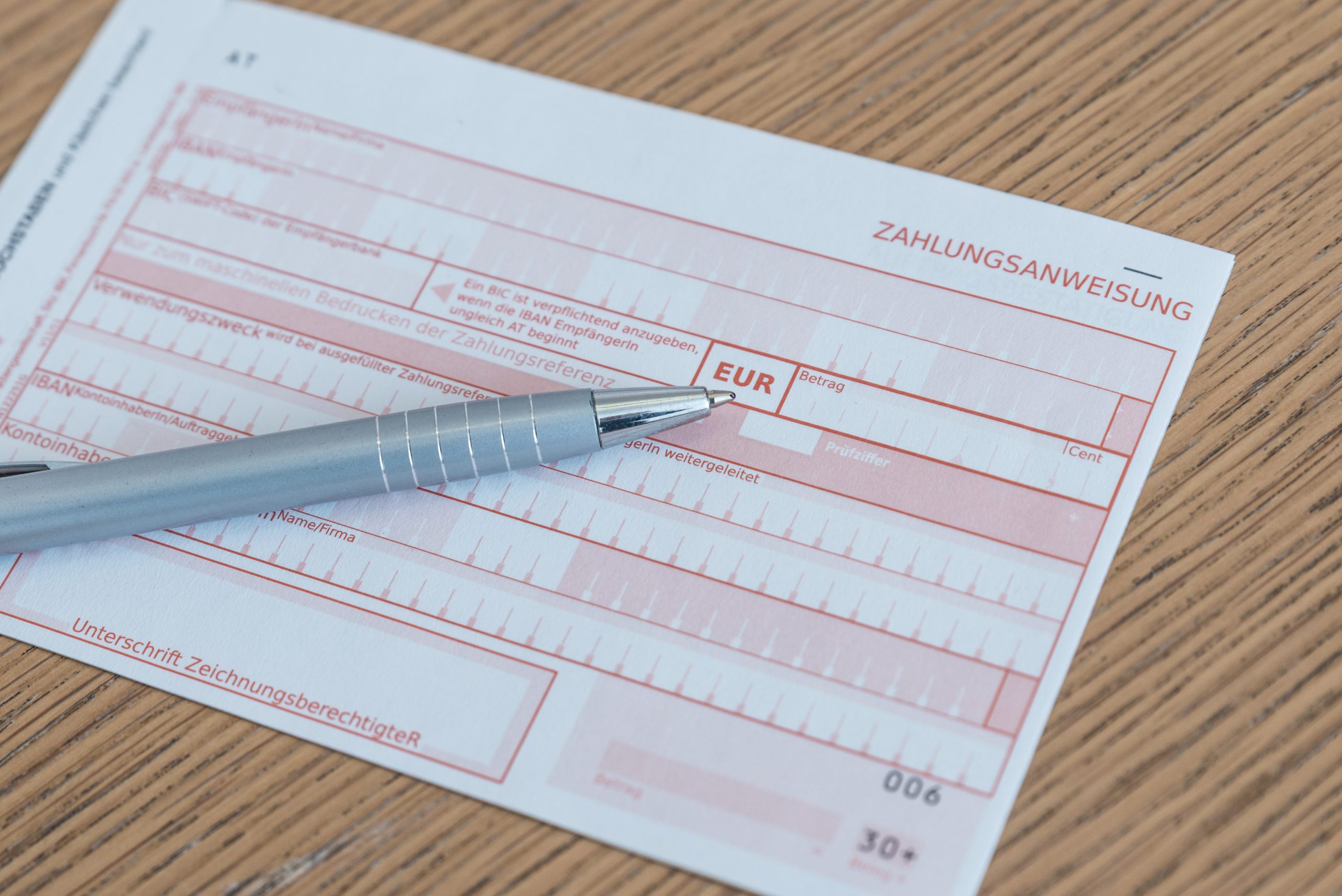Saving with SEPA payments

You may not have been aware of the existence of the SEPA system, but it you’ll be glad that you’ve heard about it now. It is a cheaper way of transferring Euros within EU, Monaco, San Marino and EFTA countries. Here’s how it works.
Introduced as a part of EU regulation, Single European Payments Area (SEPA) payments are an alternative to international SWIFT payments. Designed to reduce the costs of cross-border payments in Europe, they can cut costs for anyone receiving or making a payment in Euros. Given the cost efficiencies of this payment method, it is now the preferred transfer method of European businesses.
For example, it is common practice for many European banks to charge receiving fees, as a percentage of the total transfer amount. Making the payment via the SEPA transfer system can avoid these receiving charges.
The SEPA transfer area covers the 28 EU countries, San Marino, Monaco and the four members of EFTA (Iceland, Liechtenstein, Norway and Switzerland). That’s 34 states in total, including all 18 in the Eurozone. There are a few territories, like the UK’s Channel Islands and the Isle of Man, that aren’t part of the agreement – ask us case-by-case.

SEPA transfers can be made in Euro and are typically received by the beneficiary within 2 working days.
If you would like to know more you can visit the European Union’s SEPA frequently asked questions page.

